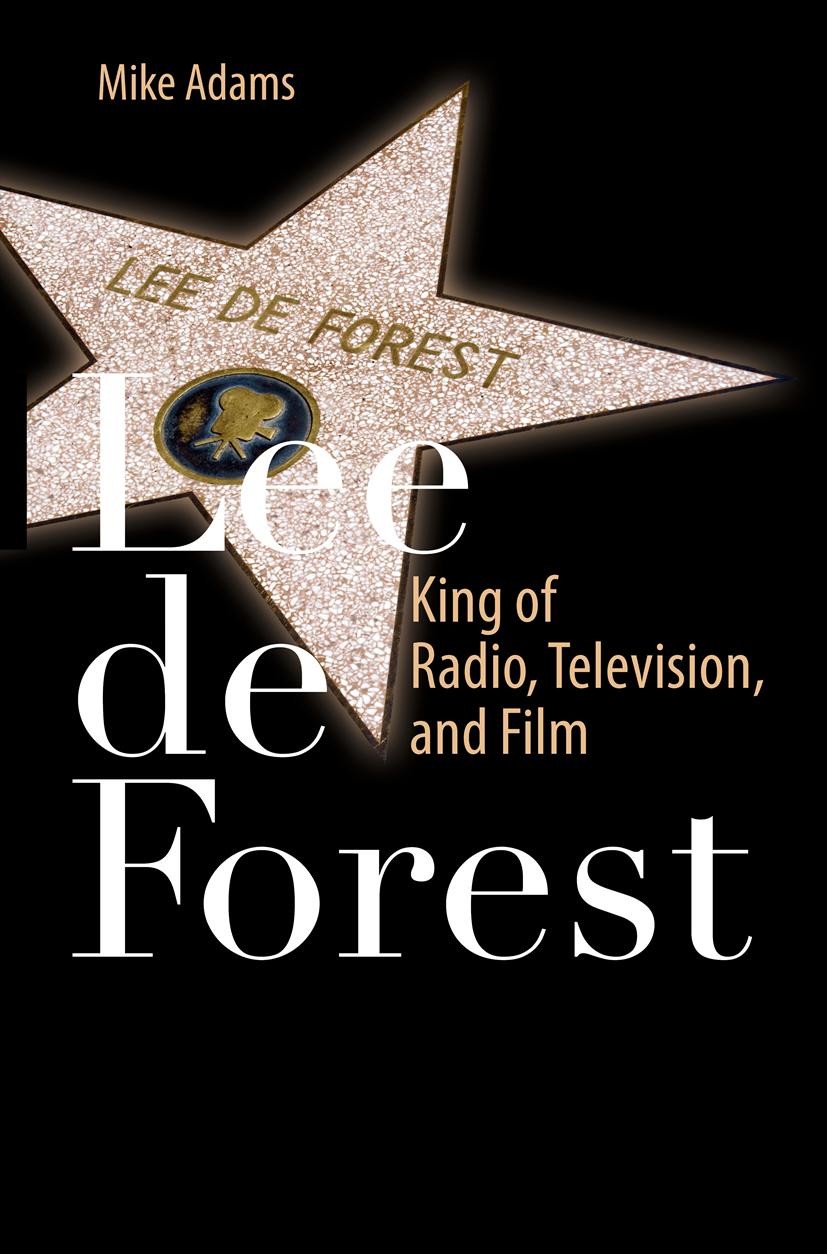| 书目名称 | Lee de Forest | | 副标题 | King of Radio, Telev | | 编辑 | Mike Adams | | 视频video | http://file.papertrans.cn/584/583644/583644.mp4 | | 概述 | Clarifies the debate over the invention of sound in movies.Coverage of the history and progress of audio technology in cinema.Demonstrates how scientific technical standards are derived and integrated | | 图书封面 |  | | 描述 | The life-long inventor, Lee de Forest invented the three-element vacuum tube used between 1906 and 1916 as a detector, amplifier, and oscillator of radio waves. Beginning in 1918 he began to develop a light valve, a device for writing and reading sound using light patterns. While he received many patents for his process, he was initially ignored by the film industry. In order to promote and demonstrate his process he made several hundred sound short films, he rented space for their showing; he sold the tickets and did the publicity to gain audiences for his invention. Lee de Forest officially brought sound to film in 1919. .Lee De Forest: King of Radio, Television, and Film. is about both invention and early film making; de Forest as the scientist and producer, director, and writer of the content. This book tells the story of de Forest’s contribution in changing the history of film through the incorporation of sound. The text includes primary source historical material, U.S. patents and richly-illustrated photos of Lee de Forest’s experiments. Readers will greatly benefit from an understanding of the transition from silent to audio motion pictures, the impact this had on the scient | | 出版日期 | Book 2012 | | 关键词 | Lee De Forest; audio technology in movies; audio track film; history of sound cinema; history of talkies | | 版次 | 1 | | doi | https://doi.org/10.1007/978-1-4614-0418-7 | | isbn_softcover | 978-1-4614-0417-0 | | isbn_ebook | 978-1-4614-0418-7 | | copyright | Springer Science+Business Media, LLC 2012 |
The information of publication is updating

|
|
 |Archiver|手机版|小黑屋|
派博传思国际
( 京公网安备110108008328)
GMT+8, 2025-12-17 23:59
|Archiver|手机版|小黑屋|
派博传思国际
( 京公网安备110108008328)
GMT+8, 2025-12-17 23:59


